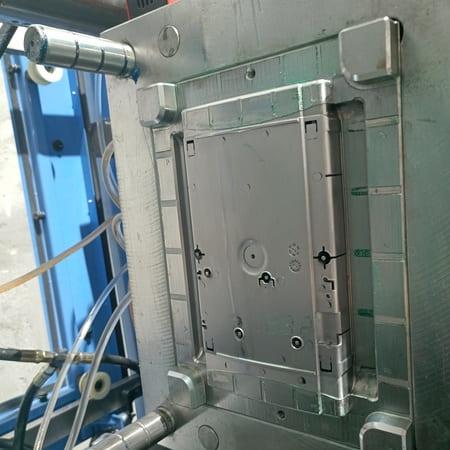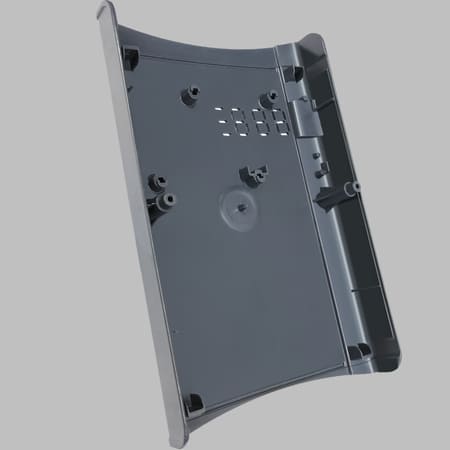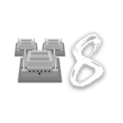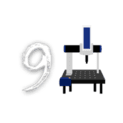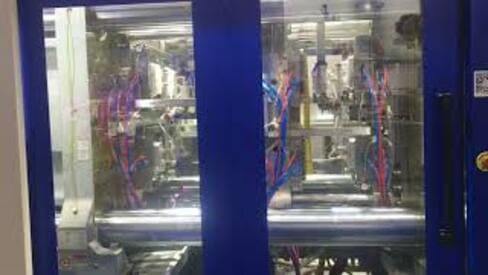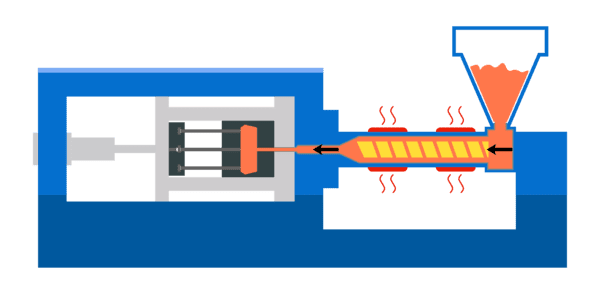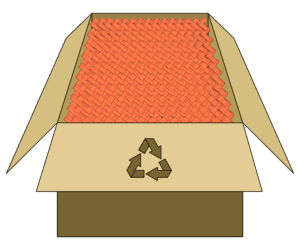Injection molding is a manufacturing process that allows manufacturers to produce plastic and other types of parts in large quantities. It has been around for over 100 years and has contributed greatly to the advancement of our society in terms of both convenience and quality.
It was developed to replace other traditional manufacturing processes, such as casting and cnc machining, which were both slower and more expensive. In injection moulding, molten thermoplastic material is injected into a closed cavity or mold under high pressure of plastic injection molding machines.
The plastic material cools upon contact with the mold walls and hardens over time before being removed from the mold to produce a injection molded part with desired physical properties.



